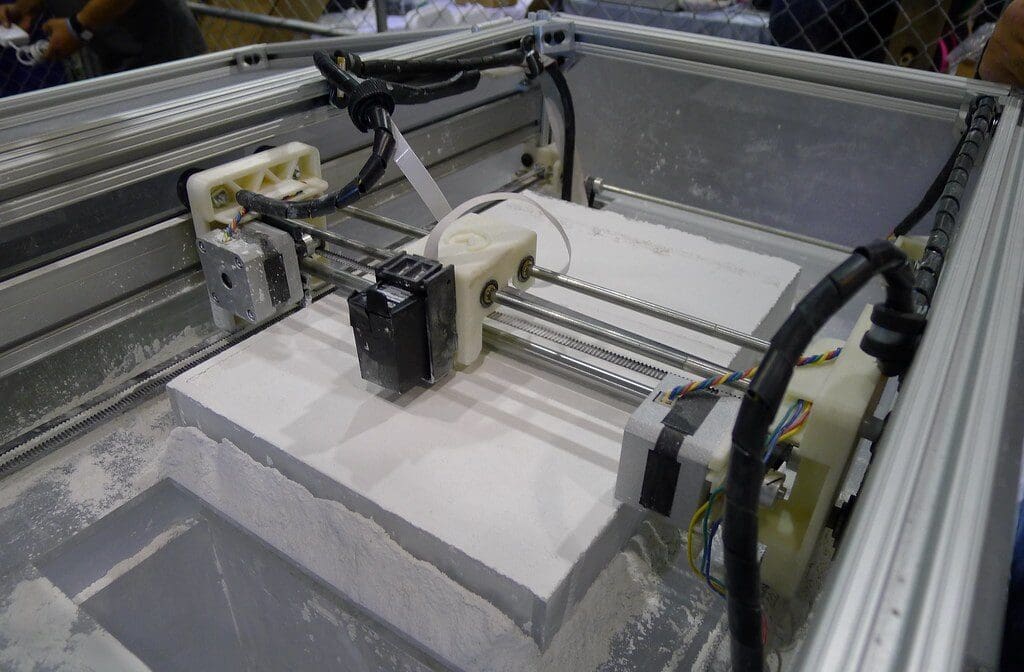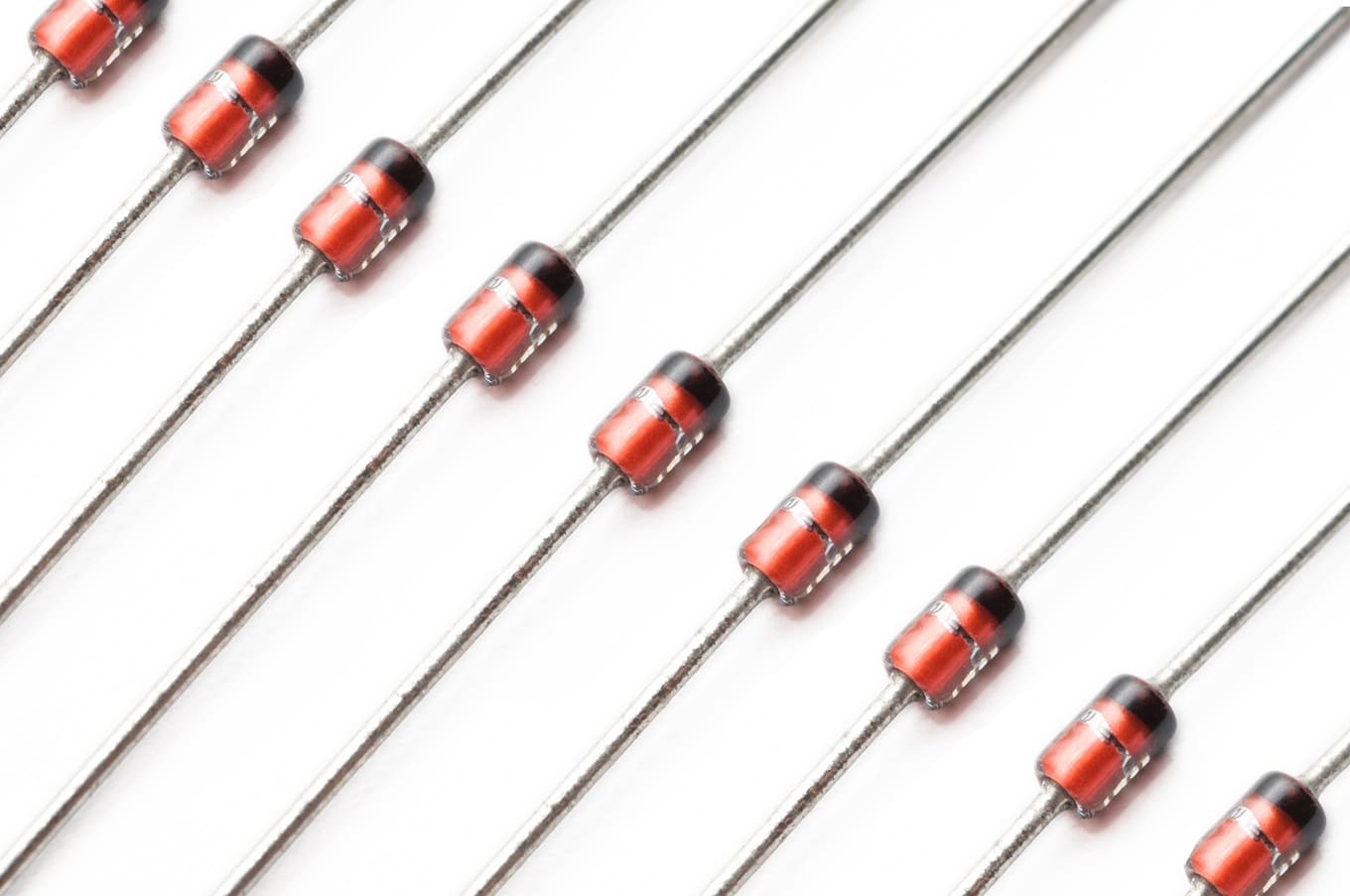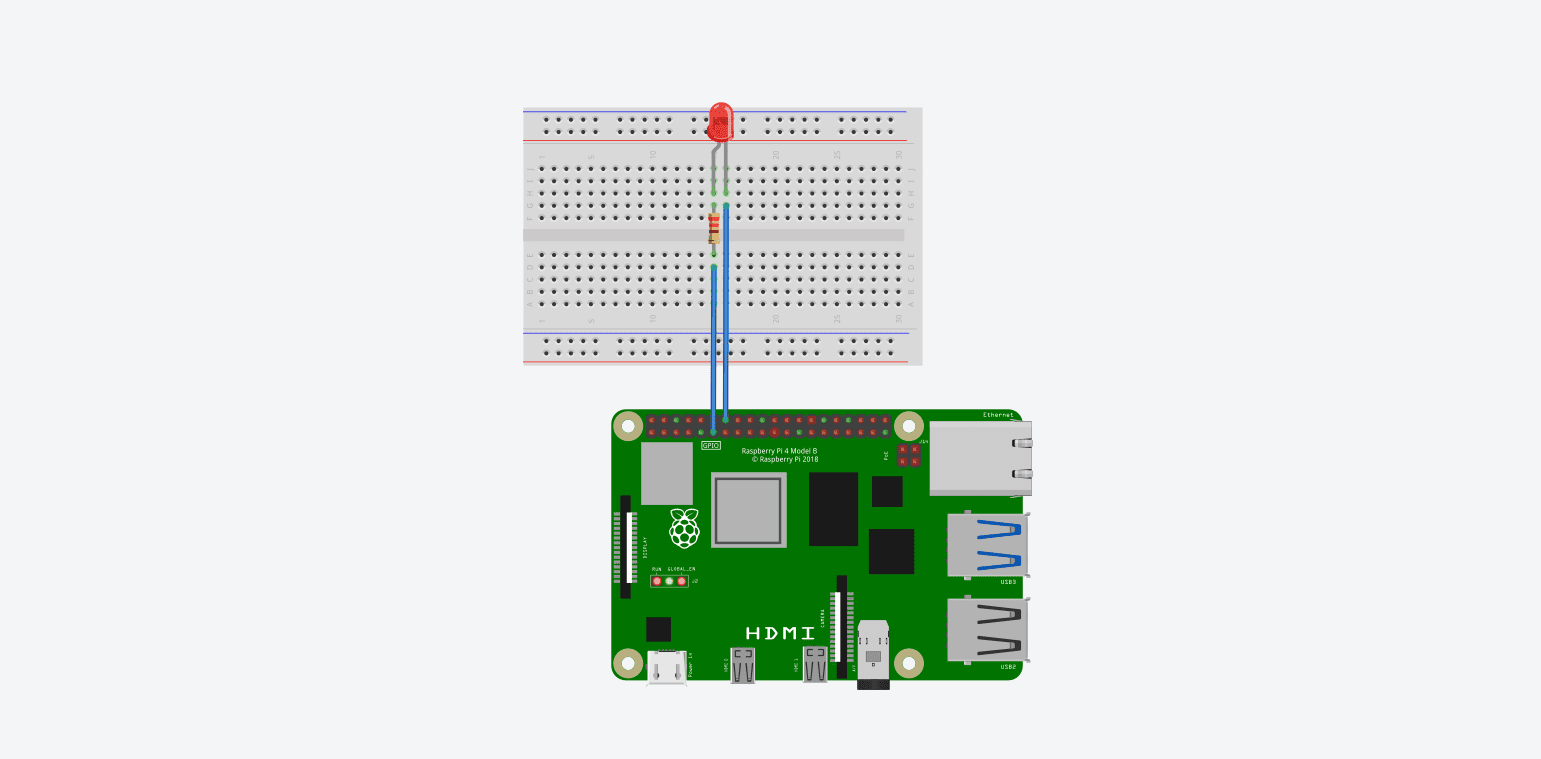In powder-based 3D printing technologies such as Selective Laser Sintering (SLS) and Direct Metal Laser Sintering (DMLS), the powder spreading mechanism plays a pivotal role. This component is crucial for applying a consistent layer of powder over the build platform, a fundamental process that directly affects the quality, strength, and resolution of the final printed objects. This article explores the importance, functionality, and maintenance of the powder spreading mechanism in 3D printers, highlighting how it impacts the overall effectiveness of the additive manufacturing process.
Importance of the Powder Spreading Mechanism in 3D Printing
Layer Consistency: The uniformity of each powder layer is crucial for ensuring that the laser sintering process produces solid parts without defects. Irregularities in layer thickness can lead to weak points, distortions, and other quality issues in the final product.
Material Efficiency: An efficient powder spreading mechanism minimizes material waste by evenly distributing powder across the build area, using only what is necessary to form each layer and conserving valuable resources.
Surface Finish: The smoothness and uniformity of the powder application affect the surface finish of the printed parts. Precise and even spreading results in better surface aesthetics and reduces the need for post-processing.
Operational Speed: The speed at which the powder is spread over the build platform influences the overall printing time. A fast yet accurate spreading mechanism can significantly enhance the throughput of the printing process.
Components of the Powder Spreading Mechanism in 3D Printers
Spreader Blade or Roller: This is the primary component that physically moves across the build area to distribute and compact the powder. Blades provide a shearing action that levels the powder, while rollers may additionally compact it to ensure a dense, even layer.
Drive System: Typically includes motors and a rail system that controls the movement of the spreader blade or roller across the build platform. This system must be precisely calibrated to ensure consistent layer thickness.
Height Adjustment System: Allows for the modification of the spreader blade or roller height to accommodate different powder layer thicknesses, which is essential for achieving optimal print results across various applications.
Powder Supply System: Feeds powder to the area where the spreader will distribute it. This can include a hopper that dispenses powder in front of the spreading mechanism.
Control Electronics: Manage the coordination and operation of the spreading mechanism, ensuring it works in sync with the printer’s other systems, such as the powder delivery and laser sintering components.
Installation and Calibration of the Powder Spreading Mechanism
Proper Installation: Ensuring that the powder spreading mechanism is correctly installed is crucial for its effective operation. This includes securing the spreader blade or roller at the right initial height and alignment relative to the build platform.
Calibration: Regular calibration is necessary to maintain the precision of the spreading mechanism. This involves adjusting the spreader to deliver the correct amount of powder with each pass and ensuring even distribution across the entire build area.
Testing and Verification: Conducting tests to verify the uniformity and consistency of the powder layers after installation or maintenance of the spreading mechanism is crucial for ensuring optimal printer performance.
Maintenance and Optimization of the Powder Spreading Mechanism
Regular Cleaning: Powder residues can accumulate on the spreading mechanism, leading to inconsistencies in layer thickness. Regular cleaning is essential to maintain its precision and functionality.
Component Inspections: Frequent inspections for wear and tear, especially on the spreader blade or roller, can help extend the life of the mechanism and maintain the quality of prints.
Lubrication and Adjustments: Ensuring that moving parts are adequately lubricated and that any mechanical adjustments needed for smooth operation are made promptly can prevent failures and operational issues.
Environmental Controls: Operating the printer in a controlled environment can help minimize the impact of external factors like humidity and temperature, which can affect powder behavior and spreading performance.
Challenges and Solutions
Powder Stickiness: Some powder materials may stick to the spreader, causing uneven layers. Using coatings on the spreader blade or roller that reduce adhesion, or adjusting the environmental conditions, can help alleviate this issue.
Mechanical Precision: The mechanical precision of the spreading mechanism is vital for achieving uniform layers. Regular calibration and maintenance are required to ensure that the mechanism operates within tight tolerances.
Speed versus Quality Trade-off: Balancing the speed of the spreading action with the need for high-quality, uniform layers can be challenging. Optimizing the drive system and controlling electronics can help achieve a balance that meets both speed and quality requirements.
The powder spreading mechanism is a vital component of powder-based 3D printing technologies, significantly affecting the efficiency, quality, and capabilities of the printing process. Effective management and meticulous maintenance of this mechanism are essential for maximizing the performance of 3D printers and ensuring the production of high-quality, precise, and reliable printed products. By understanding and optimizing the function and maintenance of the powder spreading mechanism, users can achieve improved operational reliability and enhanced print quality, fully leveraging their 3D printing technology.








